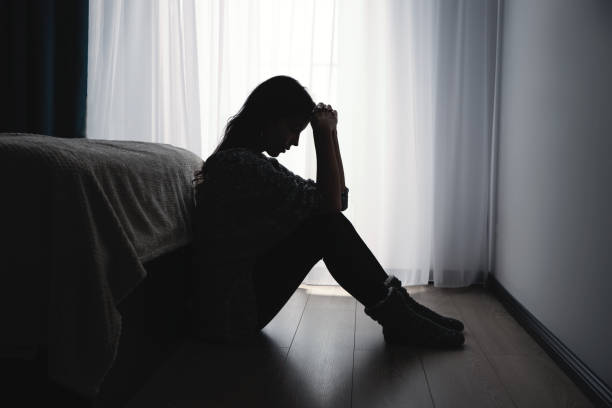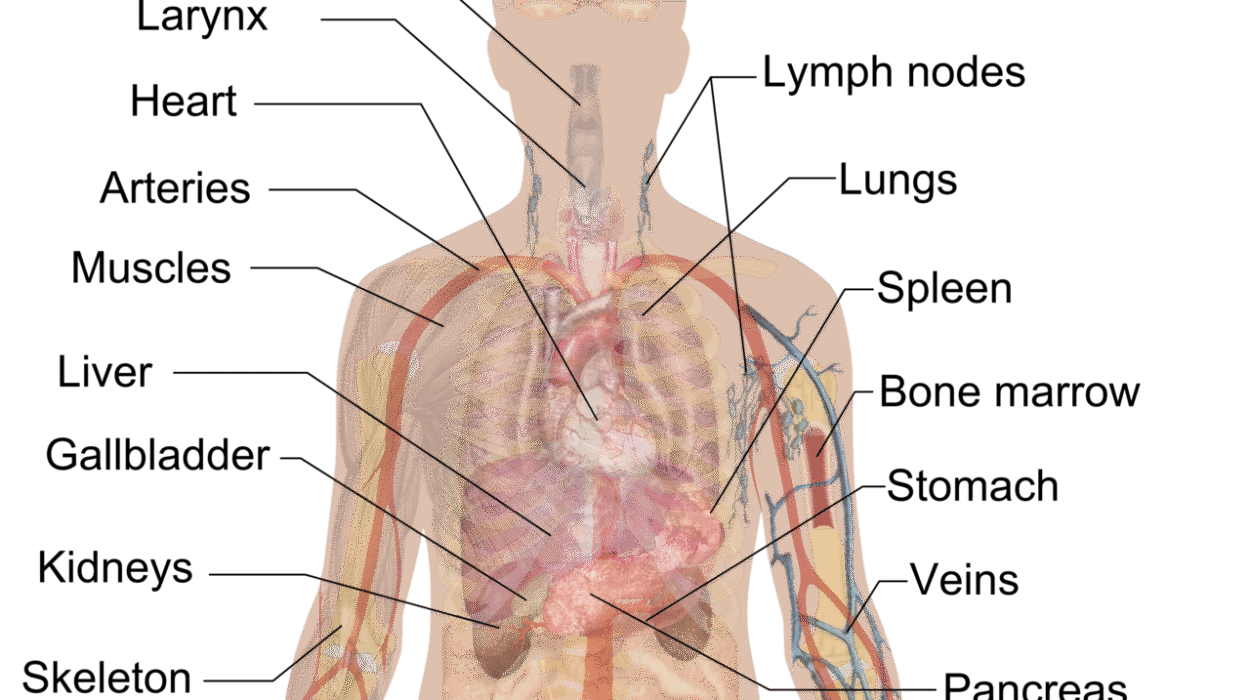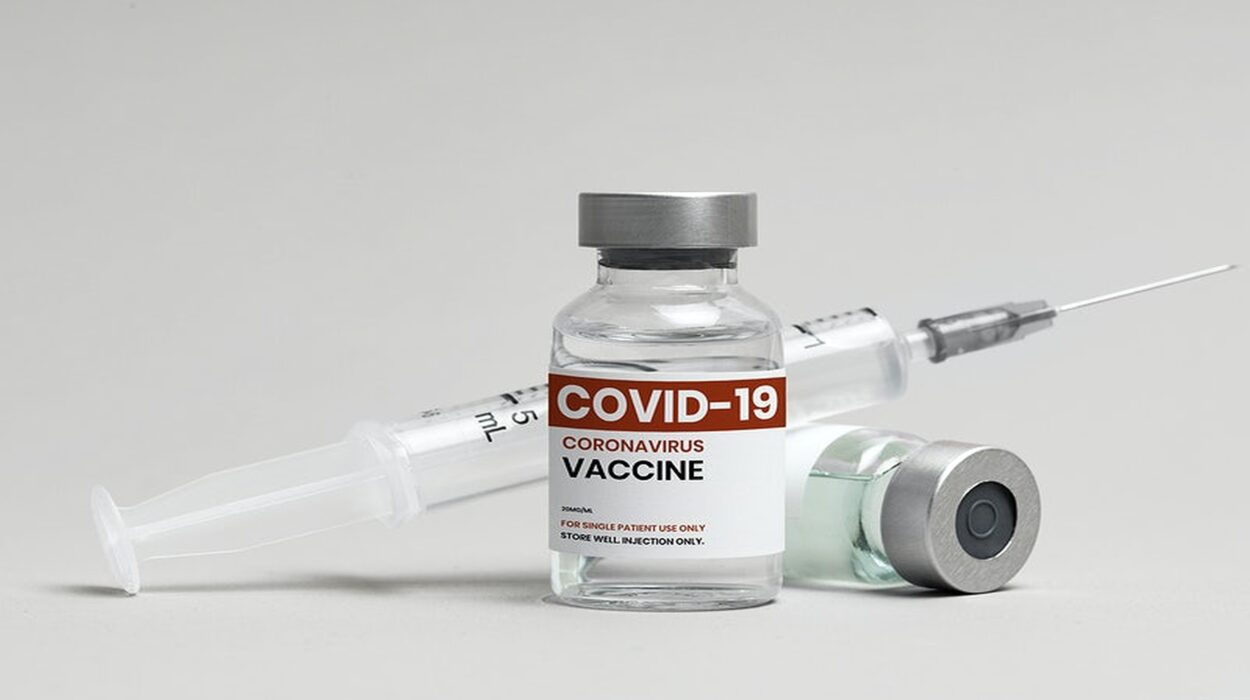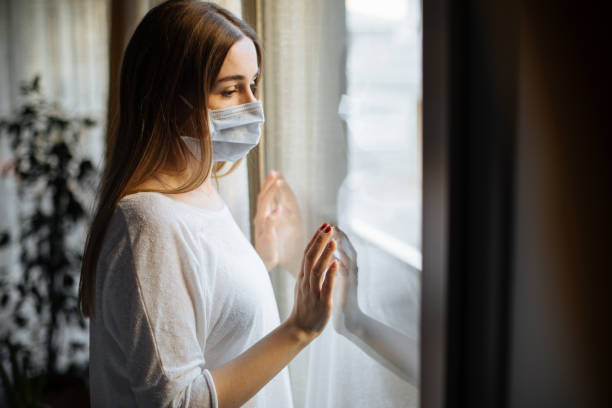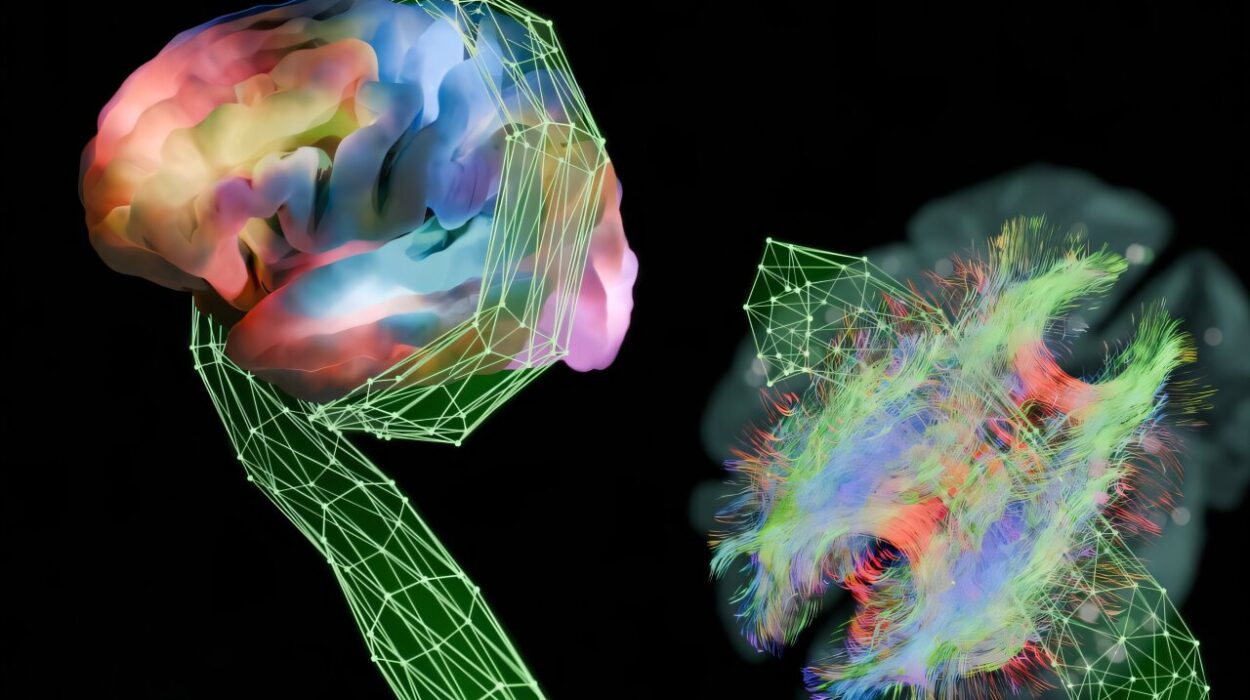Anxiety is one of the most common struggles of modern life. It can creep in quietly, whispering worries at night, or arrive with a rush—heart racing, palms sweating, thoughts spiraling out of control. For millions around the world, anxiety isn’t just occasional nervousness but a persistent, life-altering condition. Scientists have spent decades studying its roots, effects, and treatments, and while no single cure exists, research has uncovered a range of effective strategies that can help reduce symptoms and restore balance.
Anxiety is not weakness. It is the brain and body’s alarm system working overtime, often without real danger. Treating it requires compassion, persistence, and science-backed tools. In this article, we will explore ten of the most effective treatments for anxiety—approaches supported by scientific research and clinical practice. Each treatment tackles anxiety from a different angle, offering both immediate relief and long-term resilience.
1. Cognitive Behavioral Therapy (CBT)
Among all psychological treatments, Cognitive Behavioral Therapy stands at the forefront for anxiety disorders. CBT is not about simply “thinking positive.” Instead, it teaches people to recognize distorted thought patterns and replace them with healthier, more realistic ones.
For example, a person with social anxiety may believe, “If I speak up, everyone will laugh at me.” In CBT, they learn to test this belief against evidence, challenge it, and gradually reframe it: “Most people aren’t judging me as harshly as I think.”
CBT also incorporates behavioral strategies like exposure therapy, where individuals safely and gradually face their fears. This helps reduce avoidance, which often strengthens anxiety.
Clinical studies consistently show that CBT is one of the most effective non-medication treatments for generalized anxiety disorder, panic disorder, social anxiety, and phobias. Its benefits can be long-lasting, especially when patients actively practice techniques outside therapy sessions.
2. Mindfulness and Meditation Practices
Our modern lives are full of distractions, often pulling us into worries about the future or regrets about the past. Mindfulness meditation trains the mind to stay anchored in the present moment. By observing thoughts and feelings without judgment, people learn that anxious thoughts are temporary events, not absolute truths.
Brain imaging studies reveal that regular mindfulness practice reduces activity in the amygdala—the brain’s fear center—while strengthening connections in areas linked to self-regulation and focus. Programs like Mindfulness-Based Stress Reduction (MBSR) have shown significant results in lowering anxiety and stress in both clinical and non-clinical populations.
Even brief daily sessions of meditation—five to ten minutes—can reduce anxious symptoms. For those who struggle to sit still, mindful walking, yoga, or deep breathing exercises can offer similar benefits.
3. Medication (SSRIs, SNRIs, and Beyond)
For some people, therapy and lifestyle changes alone are not enough. Anxiety can be rooted in neurochemical imbalances, and medication may provide essential relief.
The most common prescriptions are Selective Serotonin Reuptake Inhibitors (SSRIs) such as sertraline (Zoloft) and escitalopram (Lexapro). These medications increase serotonin levels in the brain, which can improve mood and reduce anxious thoughts. Another class, Serotonin-Norepinephrine Reuptake Inhibitors (SNRIs) like venlafaxine, works on both serotonin and norepinephrine pathways.
For acute or severe anxiety episodes, doctors may prescribe benzodiazepines (such as lorazepam or diazepam), which act quickly but carry risks of dependency. These are generally recommended only for short-term use.
Newer approaches, including medications that target GABA or glutamate systems, are also being researched. While medication does not “cure” anxiety, it can provide vital stability, making it easier for individuals to engage in therapy and lifestyle changes.
4. Exercise and Physical Activity
The body and mind are deeply connected, and exercise is one of the most powerful natural treatments for anxiety. When we move—whether running, swimming, dancing, or simply walking—our brains release endorphins and neurotransmitters like dopamine and serotonin, which improve mood and calm the nervous system.
Exercise also reduces the body’s stress hormones, including cortisol, and enhances sleep quality—both crucial in managing anxiety. Regular physical activity can even change the brain over time, strengthening areas involved in stress regulation.
Research shows that 30 minutes of moderate exercise, three to five times per week, can significantly reduce anxiety symptoms. Even small movements, such as stretching or a short walk outside, can provide immediate relief during moments of heightened stress.
5. Nutrition and the Gut-Brain Connection
What we eat profoundly affects how we feel. Emerging science highlights the gut-brain connection, where gut bacteria communicate with the brain through the vagus nerve and chemical messengers. An unhealthy diet can disrupt this balance, contributing to anxiety.
Diets high in processed foods, sugar, and caffeine can trigger anxious symptoms. Conversely, diets rich in fruits, vegetables, whole grains, and omega-3 fatty acids are linked to lower anxiety levels. Foods like salmon, walnuts, leafy greens, and berries provide nutrients that support brain health.
Probiotics and prebiotics—found in yogurt, kefir, sauerkraut, and fiber-rich foods—may also improve gut microbiome diversity, reducing inflammation and influencing mood regulation. While nutrition is not a stand-alone cure, it can powerfully complement other treatments.
6. Adequate Sleep and Relaxation Strategies
Sleep and anxiety share a vicious cycle: anxiety disrupts sleep, and poor sleep worsens anxiety. Research shows that people with chronic insomnia are significantly more likely to develop anxiety disorders.
Improving sleep hygiene can make a remarkable difference. This includes maintaining a consistent sleep schedule, limiting screen time before bed, keeping the bedroom cool and dark, and avoiding stimulants like caffeine late in the day.
Relaxation strategies—such as progressive muscle relaxation, guided imagery, or deep breathing—can prepare the body for restful sleep. Even short naps or rest breaks during the day can reduce overall anxiety levels.
By restoring balance to the body’s circadian rhythms, better sleep helps regulate mood, enhance concentration, and reduce emotional reactivity.
7. Exposure Therapy and Desensitization
Avoidance is one of anxiety’s strongest fuels. The more we avoid situations that trigger fear—whether it’s public speaking, flying, or driving—the more those fears grow. Exposure therapy breaks this cycle by helping individuals face fears gradually in safe, controlled ways.
For example, someone afraid of flying might first look at pictures of planes, then visit an airport, then sit in a stationary plane, and finally take a short flight. Each step reduces fear, retraining the brain to see the situation as safe.
Exposure therapy is especially effective for phobias, obsessive-compulsive disorder (OCD), and post-traumatic stress disorder (PTSD). Over time, repeated exposure reduces the intensity of fear responses, giving people greater freedom and confidence.
8. Social Support and Connection
Human beings are social creatures, wired for connection. Loneliness and isolation can intensify anxiety, while supportive relationships provide comfort, perspective, and resilience.
Studies show that people with strong social support networks recover more quickly from stressful events and are less likely to develop severe anxiety disorders. Talking with trusted friends, joining support groups, or participating in community activities can all help reduce feelings of isolation.
Therapies such as group CBT also leverage social support, offering not only professional guidance but also shared experiences with peers who understand. Even small gestures—like a daily check-in with a friend—can be powerful antidotes to anxiety.
9. Breathing Techniques and Biofeedback
When anxiety strikes, the body often shifts into “fight-or-flight” mode: rapid heartbeat, shallow breathing, sweaty palms. By learning to control the breath, we can send signals back to the nervous system that it is safe to relax.
Techniques like diaphragmatic breathing, box breathing (inhale for four, hold for four, exhale for four, hold for four), or alternate nostril breathing can reduce anxiety in minutes.
Biofeedback takes this a step further by using technology to monitor physiological signals like heart rate and skin temperature. By watching these signals in real time, individuals learn to consciously regulate their stress responses. Clinical trials show biofeedback can effectively reduce anxiety, especially when combined with relaxation training.
10. Acceptance and Commitment Therapy (ACT)
While CBT focuses on changing thoughts, Acceptance and Commitment Therapy (ACT) takes a different approach. It teaches individuals to accept anxious thoughts and feelings without trying to eliminate them. Instead of battling anxiety, ACT emphasizes living in alignment with one’s values.
For example, someone who fears public speaking may accept that anxiety will be present but choose to give the speech anyway because it aligns with their value of professional growth. This reduces the power anxiety holds over their life.
Research shows that ACT is highly effective for anxiety disorders, chronic stress, and even physical health conditions. It helps people shift from a mindset of resistance—“I must get rid of anxiety”—to one of empowerment—“I can live meaningfully even with anxiety.”
Conclusion
Anxiety may feel overwhelming, but science offers hope. From therapy and medication to lifestyle changes and mindfulness, there are powerful tools available to manage its grip. Each treatment works differently, and often the best results come from combining several approaches—like pairing CBT with exercise, or medication with mindfulness.
The journey to managing anxiety is deeply personal. What works for one person may not work for another. But the science is clear: anxiety is treatable, and progress is possible. Every breath, every step, every effort to heal is a victory.
In the end, anxiety doesn’t have to define a life. With the right support and treatments, people can reclaim calm, resilience, and joy—even in an uncertain world.
